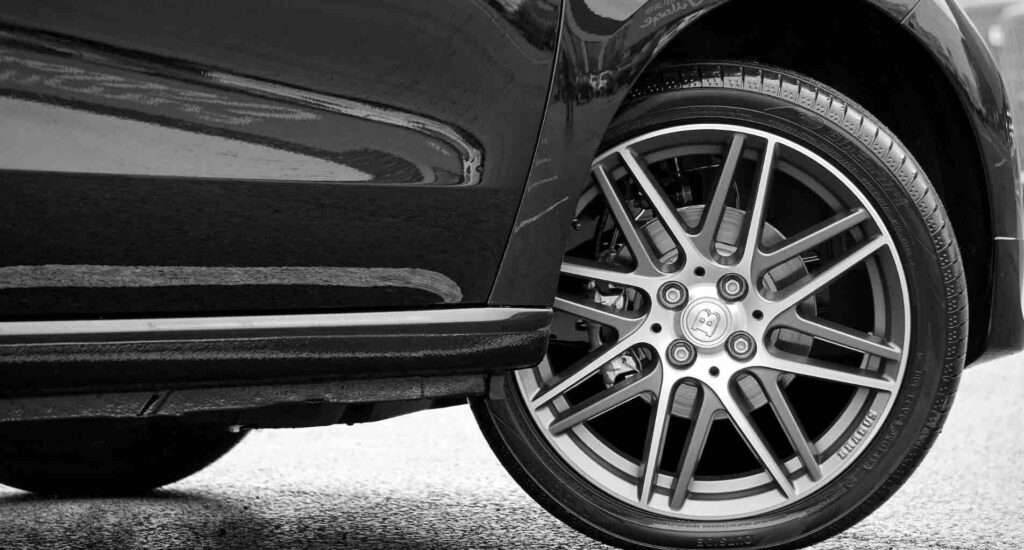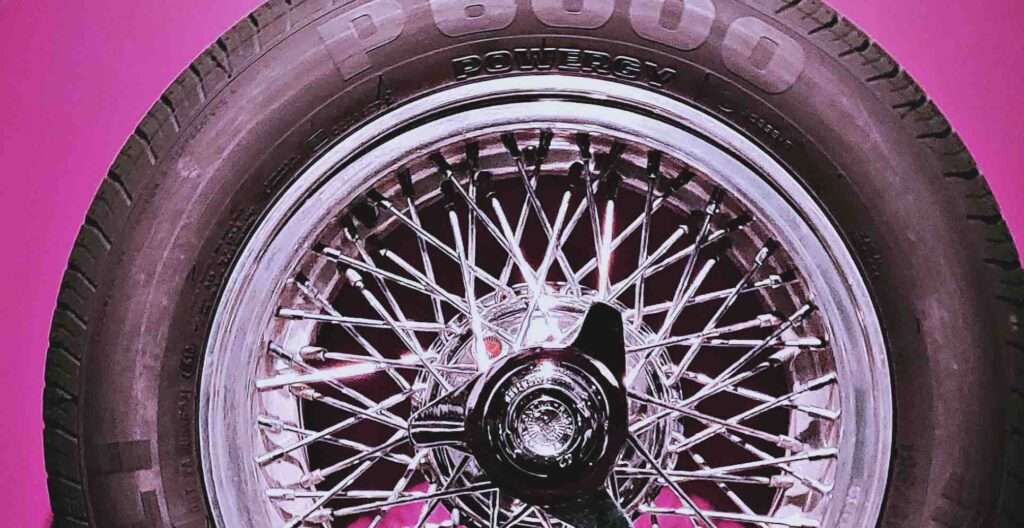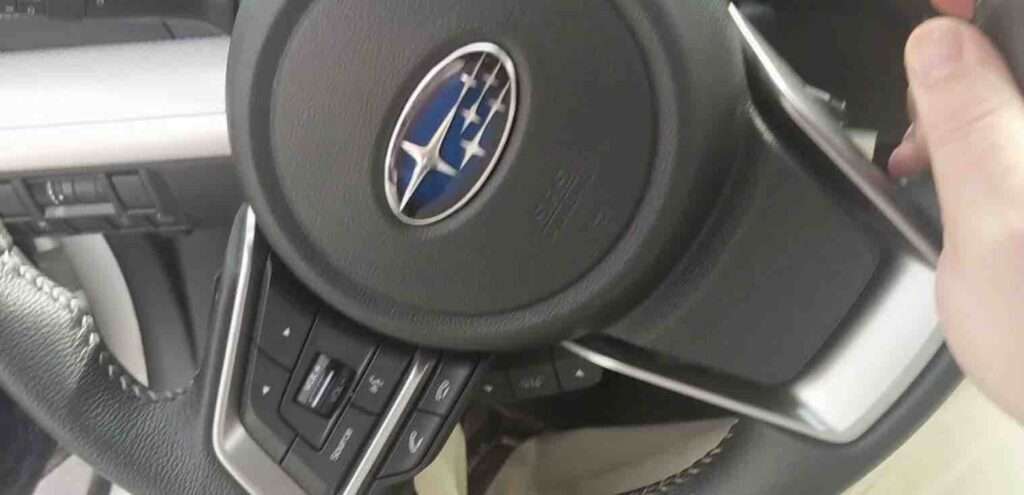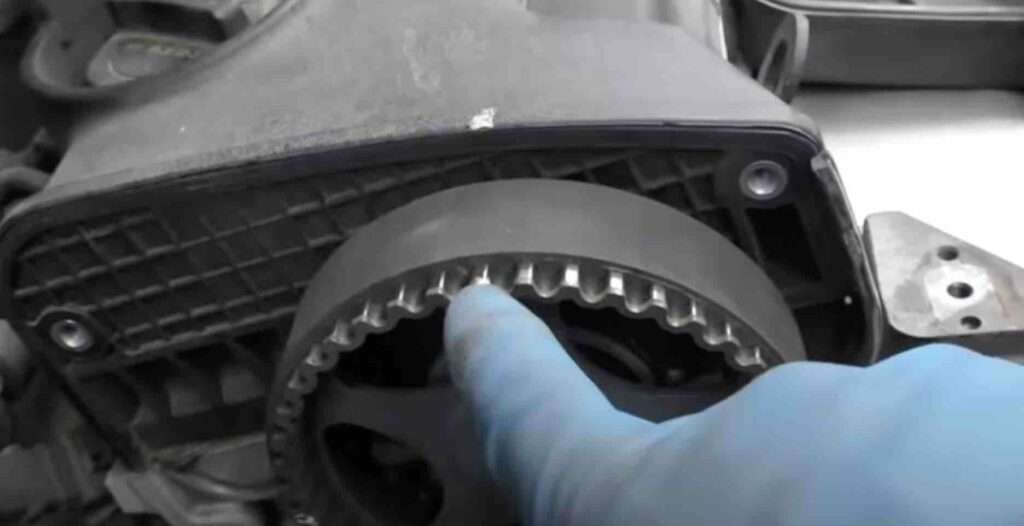Your car has just experienced a front-end collision: the fenders are crumpled, the radiator is in bad shape, and two metal beams protrude from your vehicle. This is a typical scenario. It looks like your car may be deemed totaled by insurance companies.
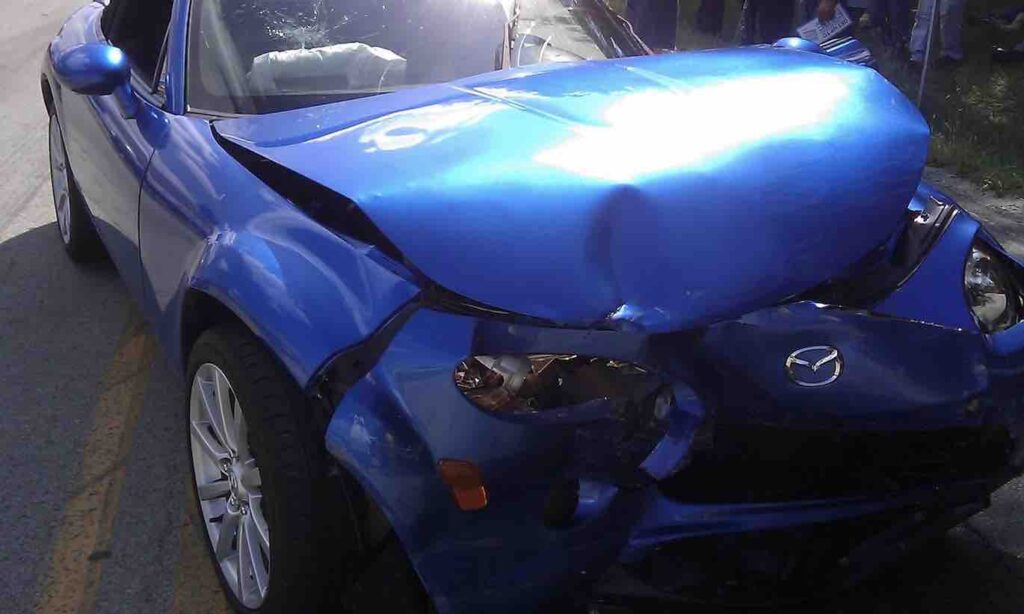
Yet, you want to consider frame straightening as an alternative method of repair. Certain body shops have the necessary specialized tools to perform this procedure, which can save you a significant amount of money compared to junking your car.
Fixing or straightening your bent car frame at home may be possible. So stick around because, in this article, you’ll learn about factors to consider before attempting a DIY car frame straightening at home.
How Much Does It Cost To Fix A Bent Car?
The cost of fixing a bent car depends on the severity of the damage. This can only be accurately determined after an inspection by an auto body shop. The shop will provide an estimate of the repair costs once they have assessed the extent of the frame damage.
Repairing a minor bend may cost you around $600 to $1,000. However, if the damage is severe and extensive repairs are necessary, the cost of fixing the frame damage can be as high as $10,000.
If your car is severely damaged, it may require replacing the entire section. This process involves cutting off the old, damaged portions and welding new sections in place. Industrial tools will be necessary to stretch your car back into shape, contributing to the higher repair cost.
Can A Bent Car Body Be Fixed?
In most cases, a bent car body can be fixed. Trained auto body repair technicians use highly precise tools and hydraulic machines to fix bent car bodies. The machines exert immense force to push the car body back into its true shape, as designed by your car’s manufacturer.
If the damage to your car is severe enough, the repair cost may exceed your car’s value, leading the insurance company to declare it a total loss. This is particularly likely if the repairs would compromise the safety of your car.
Can You Straighten A Bent Frame On A Car?
If your car has only sustained minor damages such as dents, dings, a crunched bumper, or a slightly crumpled hood, It should be relatively easy to fix without much trouble.
Using the right tools and knowing how to use them properly can significantly improve the quality and safety of the results. Therefore, it is advisable to use a professional-grade frame straightener and have access to pulling posts, chains, clamps, and/or anchor pots.
Additionally, a comprehensive understanding of the vehicle’s structural components and their interplay is essential.
Once more, it is not advisable to attempt to straighten a bent car frame at home — unless the damage to the car body is minor. While dents and dings can be easily hammered out, crushed bumpers can be straightened with chains and a pulling post, and the bending of significant amounts of metal crucial to the proper functioning of your vehicle should be entrusted to professionals.
Overall, attempting to straighten a bent frame on a car without the proper skills and equipment can result in further damage to the vehicle or even injury to yourself. So now lets now look How To Straighten Car Frame At Home.
How To Straighten Car Frame At Home
Straightening a car frame at home can be daunting and potentially dangerous if not done correctly. To Straighten Cara Frame, I highly recommended that you seek professional help by taking your car to a dealership or qualified mechanic; however, if you think or wish to do it yourself, here is an step-by-step guide on how to straighten car frame at home. Please be aware that this guide does not cover all possible scenarios, so exercise extreme caution when performing any automotive repairs at home.
Tools to Straighten Car Frame At Home
So first of all you have to gather all the necessary tools and equipment required for this task here the tools you will need to Straighten Car Frame At Home:
- Safety gear (gloves, goggles and protective clothing)
- Hydraulic jack
- Jack stands
- Measuring tape
- Chalk or marker for marking boundaries.
- Porta Power hydraulic body/frame repair kit or similar equipment
- Chains or heavy-duty straps
- Anchoring points (e.g., sturdy posts or structural part of your garage)
step1: Assess the damage:
- Inspect the car frame to assess the extent and location of the damage. This will help you decide how much straightening is necessary.
- Check alignment across wheels, doors, and panels to identify any visible misalignment.
step 2: Prepare Your Work Area
- Park the car on a flat, level surface.
- Use a hydraulic jack to lift the car and secure it using jack stands.
step 3: Measure and mark any damaged areas:
- Measure the damaged area(s) on your frame and mark them with chalk or a marker using a measuring tape.
- Determine which direction and force needs to be applied when straightening it; then set up any necessary equipment.
step 4: Set up the straightening equipment:
- Attach chains or heavy-duty straps to the damaged area of the frame.
- Anchor Secure the other end of the chains/strap to an anchor point.
- Insert hydraulic ram or similar equipment from Porta Power kit between this anchor point and damaged area, then apply force to straighten out the frame.
step 5: Apply force to straighten the frame
- When applying force, slowly apply hydraulic pressure with the Porta Power kit or equivalent, pulling the frame towards its anchoring point.
- Monitor progress continuously and adjust force as necessary.
- Be mindful not to apply too much force as this could cause additional damage to the frame.
step 6: Check alignment and progress
- Periodically release hydraulic pressure to check the alignment of your car’s wheels, doors, and panels.
Reapply force as necessary until you can straighten the frame to your best ability.
Lower the vehicle and remove equipment: - Once the frame has been straightened, release hydraulic pressure and remove all equipment.
Lower the vehicle by carefully taking away its jack stands and hydraulic jack.
step 7:Test drive and further assessment:
- Take the car for a test drive to verify it drives straight and handles correctly.
- If there are still alignment issues, consulting with an expert is recommended to assess and correct any remaining issues.
Please be aware that straightening a car frame at home is not recommended due to the potential for further damage or personal injury. Always consult a professional mechanic for such repairs.
Is My Car Totaled If The Frame Is Bent?
No, your car is not totaled if the frame is bent. Most frame damage can be repaired. However, in some cases, severe structural or frame damage may result in the vehicle being declared a total loss. The decision on whether a car is deemed a total loss is based on several factors: the age of the car, its pre-accident condition, and the magnitude of the damage.
If your car is described as a total loss by the insurance company, it indicates that they have concluded that the cost of repairs surpasses the car’s value, and the repairs cannot ensure that the car will be restored — without any defect that could impact its operation. This is because the insurance company may be held responsible for any such defect.
You can either accept the insurance company’s settlement offer, which is based on the car’s salvage value (i.e., you receive the money, and they dispose of the car with a salvage title), or you can keep the car (again with a salvage title) and have it repaired.
If you choose to keep the car, keep in mind that any resale value would likely be significantly lower. This is because people are hesitant to purchase cars that have been repaired without a guarantee of proper and normal functioning.
What Is Considered Frame Damage On A Car?

When a car has damage to its structural components, it is referred to as frame damage. Put simply; frame damage takes place when a crucial section of the car’s structure has been impacted or damaged.
Frame damage can occur in a variety of ways: cracked or broken welds, bent or twisted frames, and rust or corrosion. Damage can be evident in some cases, such as bent or warped metal, but it can also be unseen and require an expert assessment to detect.
The car frame is akin to the foundation of your vehicle, as it is an essential component that supports various functions. For instance: it maintains door alignment when they are closed, supports the engine and bumpers, and serves as a sturdy steel base for constructing other parts of the car. A damaged car frame as a result of a recent accident, can impact road safety and make driving impossible without repairs.
Conclusion
Straightening a bent car frame at home is a complicated and potentially dangerous task that necessitates the use of specific tools and skills. If you are unsure about your capacity to execute the repairs safely and successfully, it is advisable to hire a professional. Also, if the repair cost exceeds the vehicle’s worth, it may be more cost-effective to consider buying a new vehicle rather than attempting to repair the frame.

Uchenna is a Radiographer and Auto parts mechanic who recently got his automotive diploma as an auto repair technician, and since then, has worked on fixing various car problems.
Working as just a radiographer, Uchenna didn’t just get all the fulfillment he desired, because he truly loved doing things tilted toward cars. As a kid, he would take apart his toy cars to see how they worked and would spend hours tinkering with his bike.
So, in 2017 he made the tough decision to become an auto mechanic. He threw himself into his studies and now loves every aspect of what he does.
He gets to work with his hands, solving problems and bringing cars back to life, and sharing his knowledge and easy quick-fix guide online are all part of what makes him feel fulfilled.

